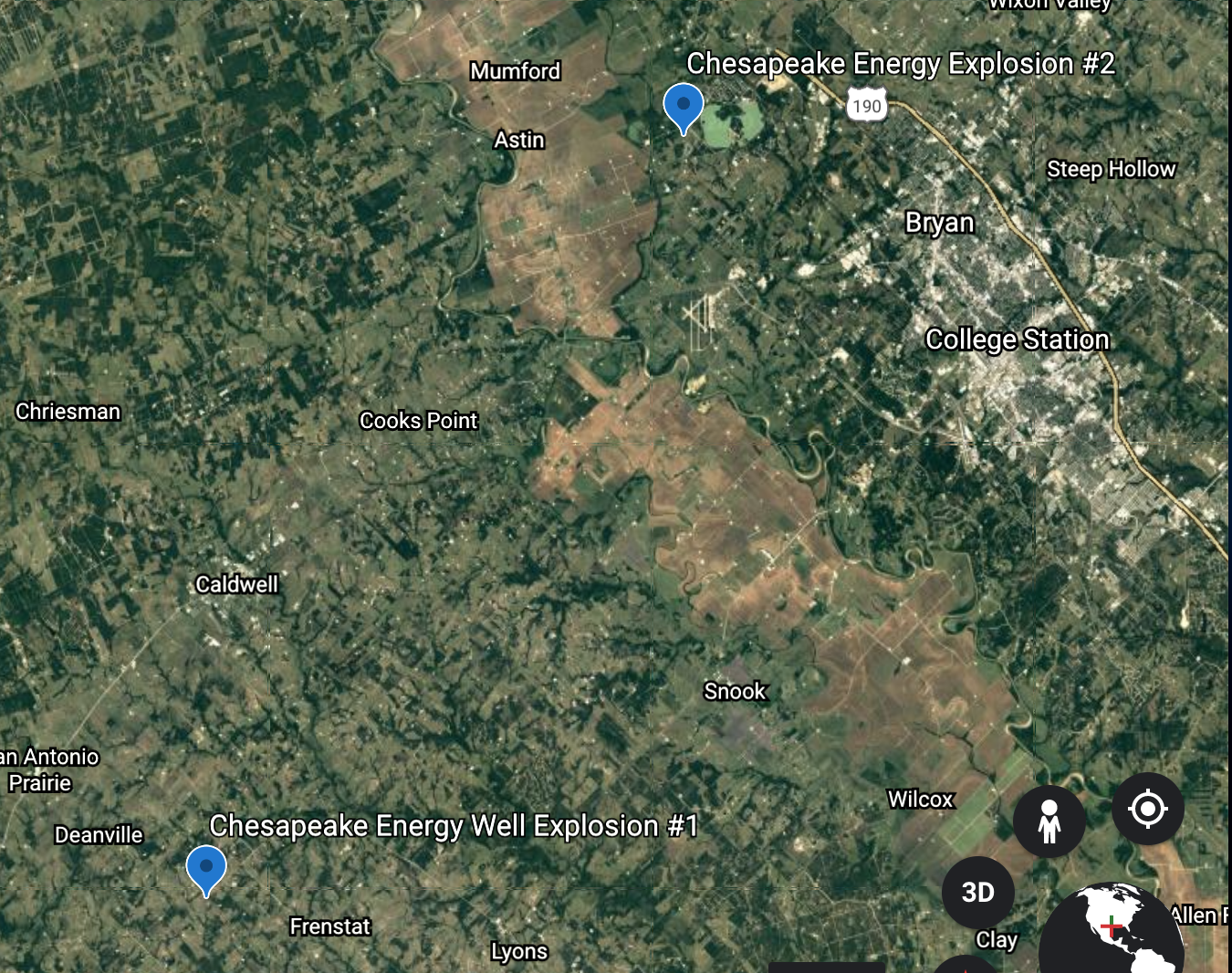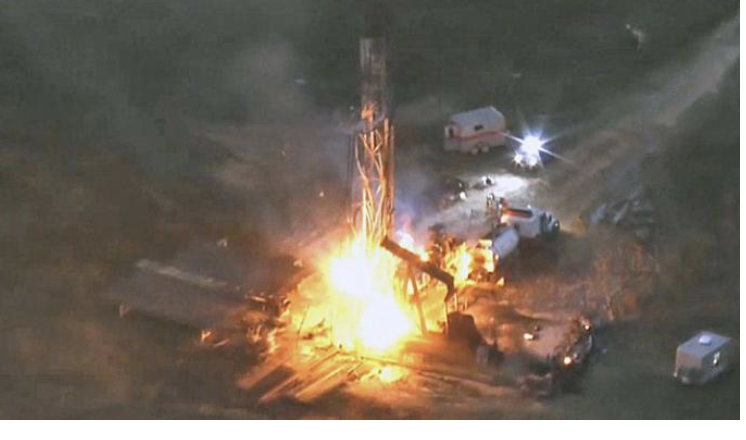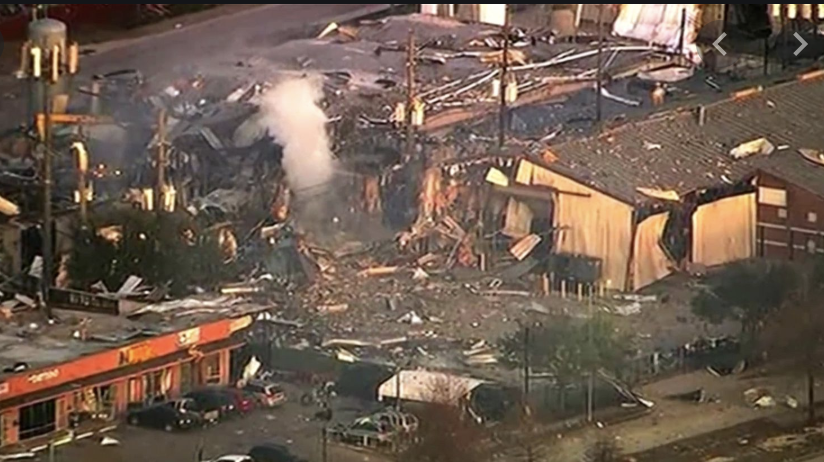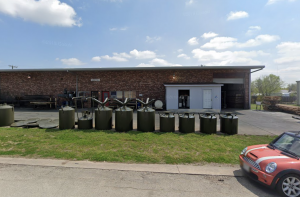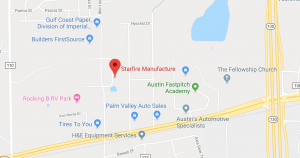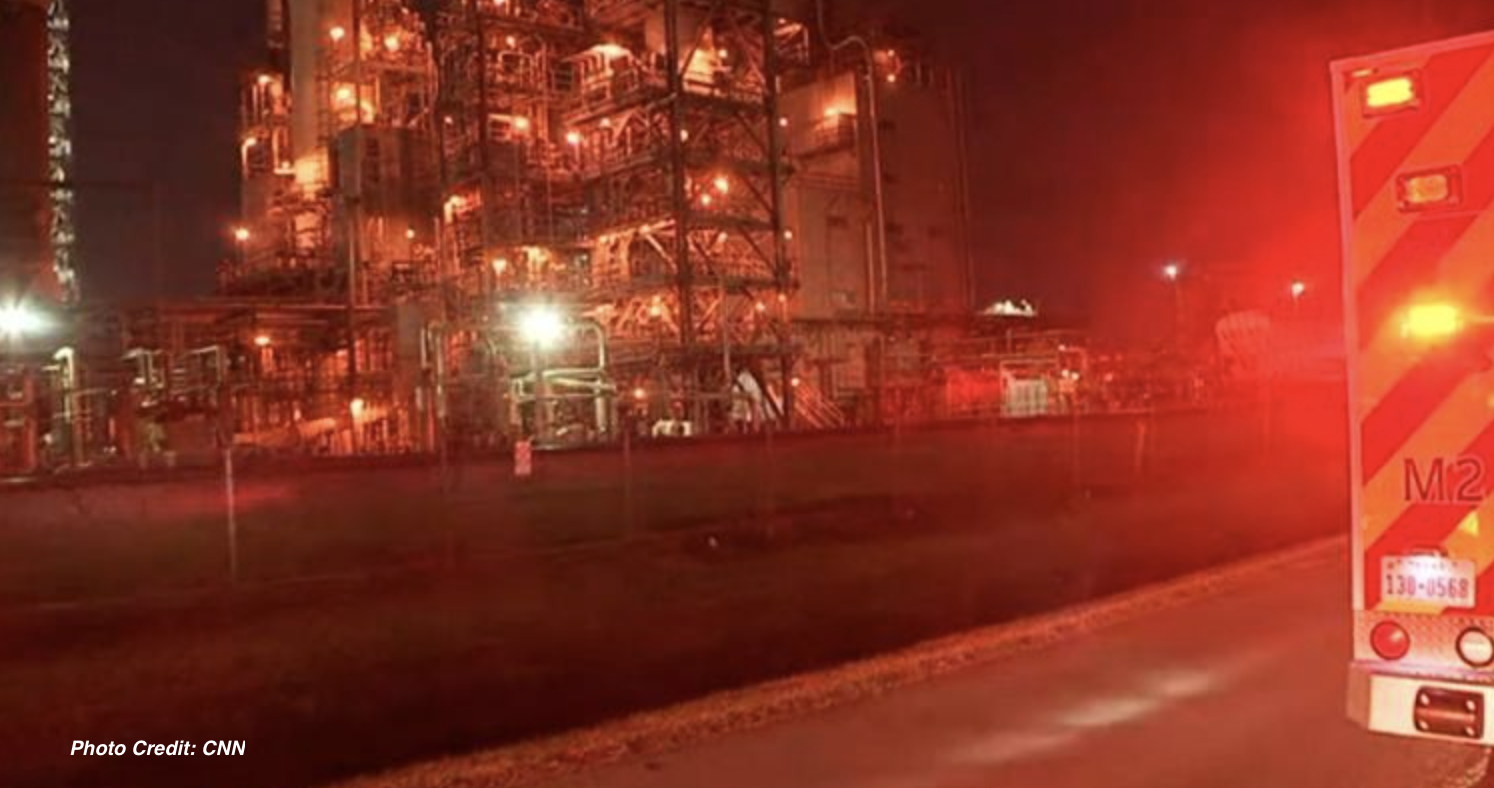
Recently, two employees died, and 30 others suffered injuries after a chemical leak at a LyondellBasell Industries (LBI) plant in Texas. The company is one of the largest plastics, chemicals, and refining companies in the world. The Texas company boasts that its chemicals have provided modern ways to enhance food and water safety worldwide.
According to a recent news report, the chemical leak involved acetic acid, which is a common food preservative used to make vinegar. The blast occurred around 7:30 in the evening when a cap burst on a line of acetic acid. Acetic acid is a clear, flammable liquid whose vapor can be corrosive to the eyes and skin. The burst released approximately 100,000 pounds of an acetic acid chemical mixture into the air. In addition to acetic acid, the burst released hydrogen iodide and acetate. The combination of these chemicals can be toxic and cause severe burns. Emergency responders and investigators are still investigating the accident; however, they do not believe that an explosion or fire caused the leak.
Chemical leaks such as the one at the Texas plant can be toxic and deadly to anyone in the vicinity. Chemical spills and leaks often occur because of negligence surrounding safety regulations, equipment, or employee training. Companies should make sure to properly train their employees and workers to ensure that they understand how to prevent spills and mitigate harm if a spill does occur. However, many companies prioritize economic gain over employee and community welfare. When this occurs, the companies may pressure workers to complete tasks in an unreasonable amount of time. This can naturally result in workers cutting corners to meet production deadlines.
 Texas Injury Lawyers Blog
Texas Injury Lawyers Blog


 Many Texans spend the majority of their time at work. As a result, San Antonio
Many Texans spend the majority of their time at work. As a result, San Antonio 